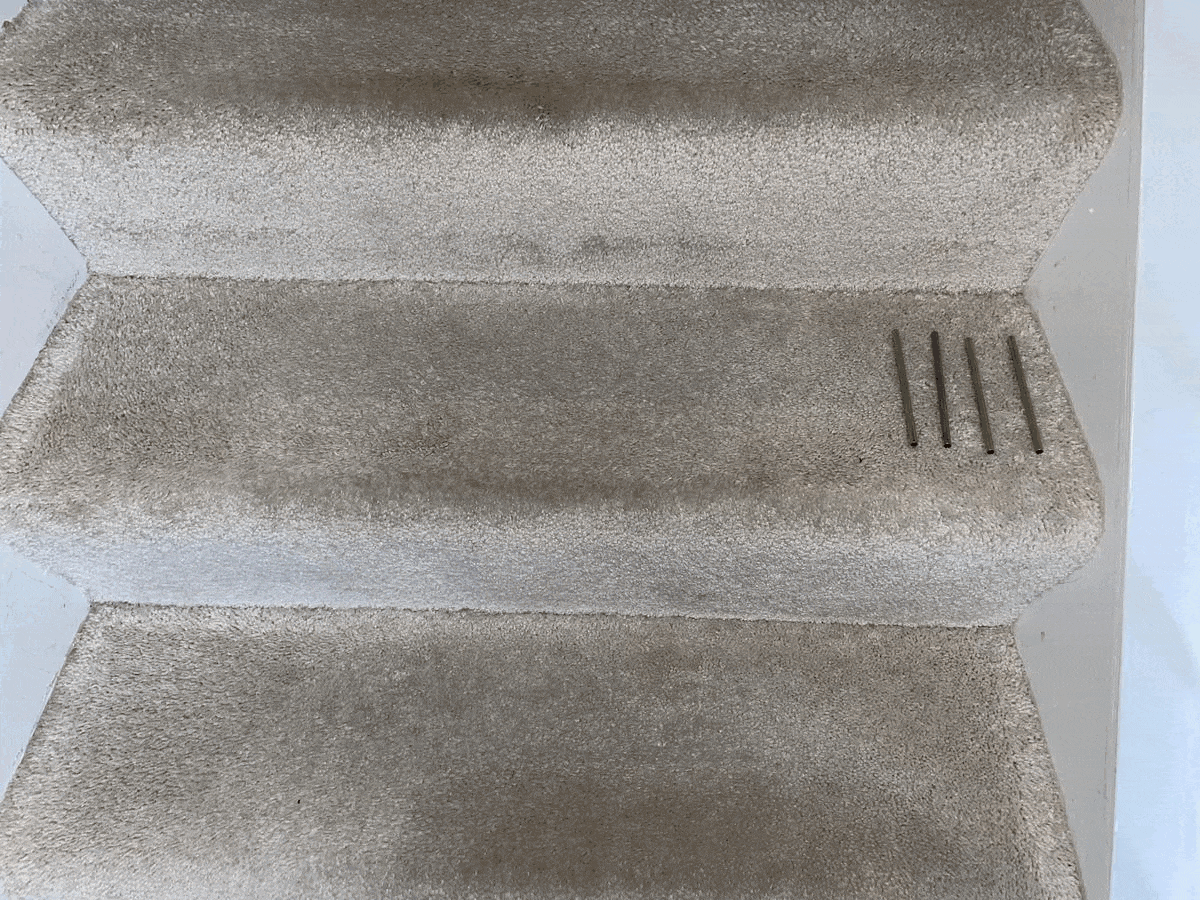The concept of “wellness” has two main problems:
- It is too vague and often perceived to be a separate, segregated part of your day.
- There is too much focus on the “packaging” of wellness.
Read on and we will clear up both problems while leaving you with ample options for integrating wellness into your everyday life.
Defining and Integrating Wellness
Wellness can be defined as any behavior, large or small, that contributes to health and vitality. Exercise and healthy eating are wellness, but so is taking a walk with someone, doing an exercise that challenges balance or performing familiar actions in different ways. Additionally, these behaviors might be done for a few moments or a few minutes; in other words, you don’t have to do something for a long period of time for it to be considered wellness.
Here are some practical ways to integrate wellness into your everyday moments. These are not methods you need to use every single day. Rather, they represent a shift in the way you interact with the world as you move through it. These are just a sampling of ideas that you can adapt to your specific spaces and places. Some will work for you, while others won’t. The point is to figure out what works best for you.
- Stand while putting on socks/shoes. Rather than sitting down, stand on one leg while taking off or putting on your shoes or socks. Stand close to a wall or other solid object to lean on or catch your balance, if necessary. Wellness benefit: Making this small change offers a quick dose of balance, mobility and coordination training.
- Put on pants/jackets with non-dominant leg/arm first. Without realizing it, we get into patterns of doing everyday actions the exact same way. Wellness benefit: Consciously doing activities differently creates a slight cognitive and coordination challenge that is beneficial to both your body and your brain.
- Use a visual marker in your house to perform an extra activity or movement throughout your day.
 Visual cues can remind or prompt us to take action. For example, in the animated GIF shown, four metal cocktail straws are positioned on one side of a stairway. As you move through the day, the straws serve as a reminder to do a push-up (as just one example). Every time you do a push-up, move one straw to the other side of the stair.
Visual cues can remind or prompt us to take action. For example, in the animated GIF shown, four metal cocktail straws are positioned on one side of a stairway. As you move through the day, the straws serve as a reminder to do a push-up (as just one example). Every time you do a push-up, move one straw to the other side of the stair.
The goal is to move all the straws to the other side of the stair by the end of the day. Wellness benefit: These brief episodes of activity offer the opportunity to boost your strength without having to change your clothes or schedule workout time. - Vary your gait when walking up or down stairs. Try walking stairs with a slightly wider gait than normal, take two stairs at one, go up the stairs sideways, or go slightly faster or slower than your normal pace. Wellness benefit: Changing up your movement can help improve balance, coordination, strength and confidence when walking on stairs.
- Play jacks or pen spinning. You can find videos online that will teach you how to do pen spinning. It takes practice but you can try it almost anywhere. Or go old school and play a game like jacks. Wellness benefit: Playing games like these helps to develop skills and enhances eye-hand coordination.
- Try walking games that make walking more challenging and cognitively stimulating. Here are a few ways to make your walking more interesting:
- Path of More Resistance – Take the path of increased resistance by walking while balancing on the curb for a few steps, weaving around signs, utility poles, trees or benches or stepping on (or avoiding) cracks.
- Explicit Cognitive Challenge
- Mentally recite the alphabet while skipping every other letter or every third letter.
- Count backward from 100 by threes or sevens, for example.
- Count the number of various objects you see or things you hear.
- Mentally recite as many words as you can that start with a specific letter.
- Ball Toss – Toss a ball to yourself or a partner while walking and add the following variations to increase the challenge:
- Bounce every third toss in the air.
- Toss the ball quickly back and forth between your hands or with a partner.
- Toss the ball increasingly higher until you miss a catch.
- Toss the ball over tree branches, off walls, signs, etc.
- Make every toss unique (behind the back, under the legs, around torso, etc.).
Wellness benefit: Walking is already good for you. These strategies make it better for your brain, your body, and your sense of enjoyment.




 by
by 






 by
by